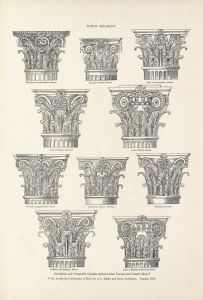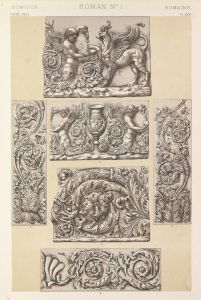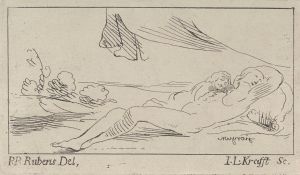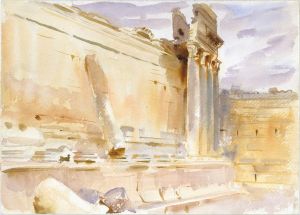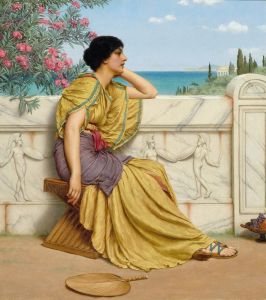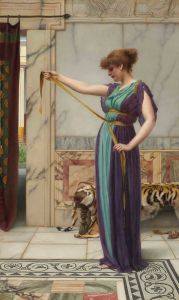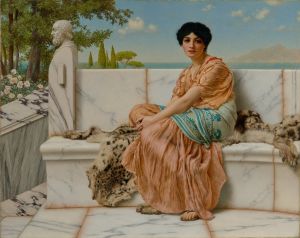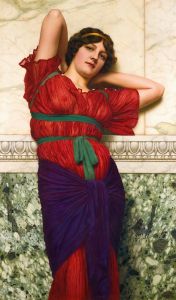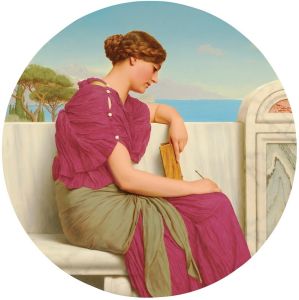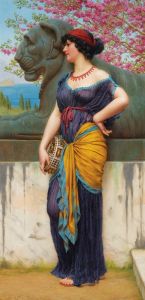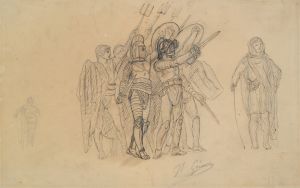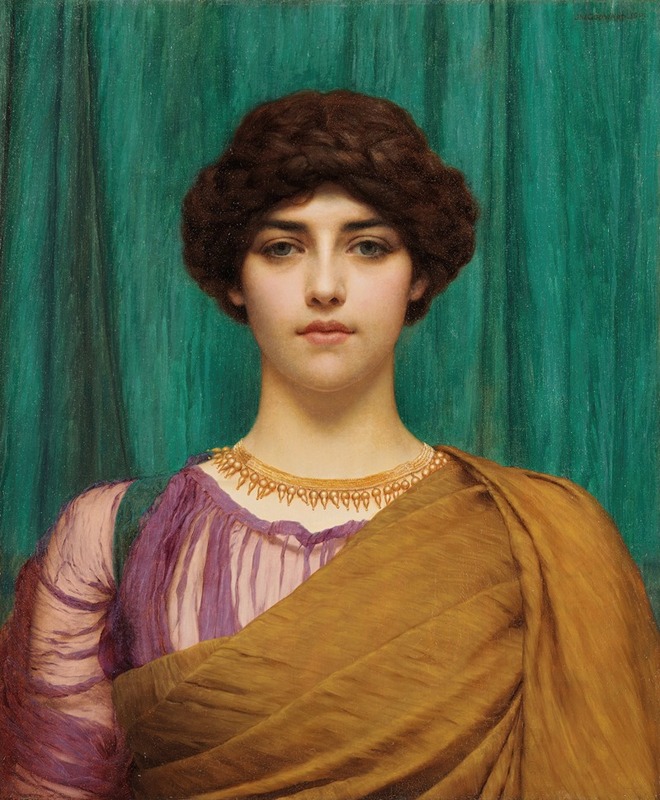
A Pompeian Lady
A hand-painted replica of John William Godward’s masterpiece A Pompeian Lady, meticulously crafted by professional artists to capture the true essence of the original. Each piece is created with museum-quality canvas and rare mineral pigments, carefully painted by experienced artists with delicate brushstrokes and rich, layered colors to perfectly recreate the texture of the original artwork. Unlike machine-printed reproductions, this hand-painted version brings the painting to life, infused with the artist’s emotions and skill in every stroke. Whether for personal collection or home decoration, it instantly elevates the artistic atmosphere of any space.
"A Pompeian Lady" is a painting by the British artist John William Godward, who was known for his classical style and depictions of women in ancient settings. Godward was part of the late 19th-century Neoclassical movement, which sought to revive the art and culture of ancient Greece and Rome. His works are characterized by their attention to detail, vibrant colors, and idealized beauty.
The painting "A Pompeian Lady" is a fine example of Godward's skill in capturing the elegance and grace of his subjects. The artwork portrays a young woman dressed in traditional Roman attire, set against a backdrop that evokes the ancient city of Pompeii. Godward's meticulous attention to detail is evident in the intricate patterns of the woman's clothing and the realistic rendering of the textures and materials.
Godward often used historical and archaeological references to create an authentic atmosphere in his paintings. In "A Pompeian Lady," he draws inspiration from the ruins of Pompeii, a city that was famously preserved under volcanic ash after the eruption of Mount Vesuvius in 79 AD. The setting in the painting reflects the opulence and sophistication of Roman society, with elements such as marble columns and luxurious fabrics.
The artist's use of color is particularly striking in this painting. Godward employs a rich palette to highlight the contrast between the soft, pale skin of the subject and the vibrant hues of her clothing and surroundings. This use of color not only enhances the visual appeal of the painting but also serves to emphasize the timeless beauty of the woman depicted.
John William Godward's work, including "A Pompeian Lady," is often associated with the Aesthetic Movement, which prioritized beauty and visual pleasure over narrative content. His paintings typically lack a specific story or moral message, focusing instead on the aesthetic qualities of the composition. This approach aligns with the movement's philosophy of "art for art's sake."
Godward's career was marked by his dedication to his craft and his preference for working in isolation. He was known to be a reclusive figure, avoiding the social circles of the art world and focusing solely on his work. Despite this, his paintings gained popularity during his lifetime, and he exhibited regularly at the Royal Academy in London.
"A Pompeian Lady" exemplifies Godward's mastery of the Neoclassical style and his ability to transport viewers to a bygone era. The painting remains a testament to his skill in capturing the elegance and beauty of the classical world, and it continues to be appreciated by art enthusiasts and historians alike.
Today, John William Godward's works, including "A Pompeian Lady," are held in high regard and are featured in various art collections and exhibitions. His paintings offer a glimpse into the romanticized vision of antiquity that captivated the imaginations of artists and audiences during the late 19th and early 20th centuries.





